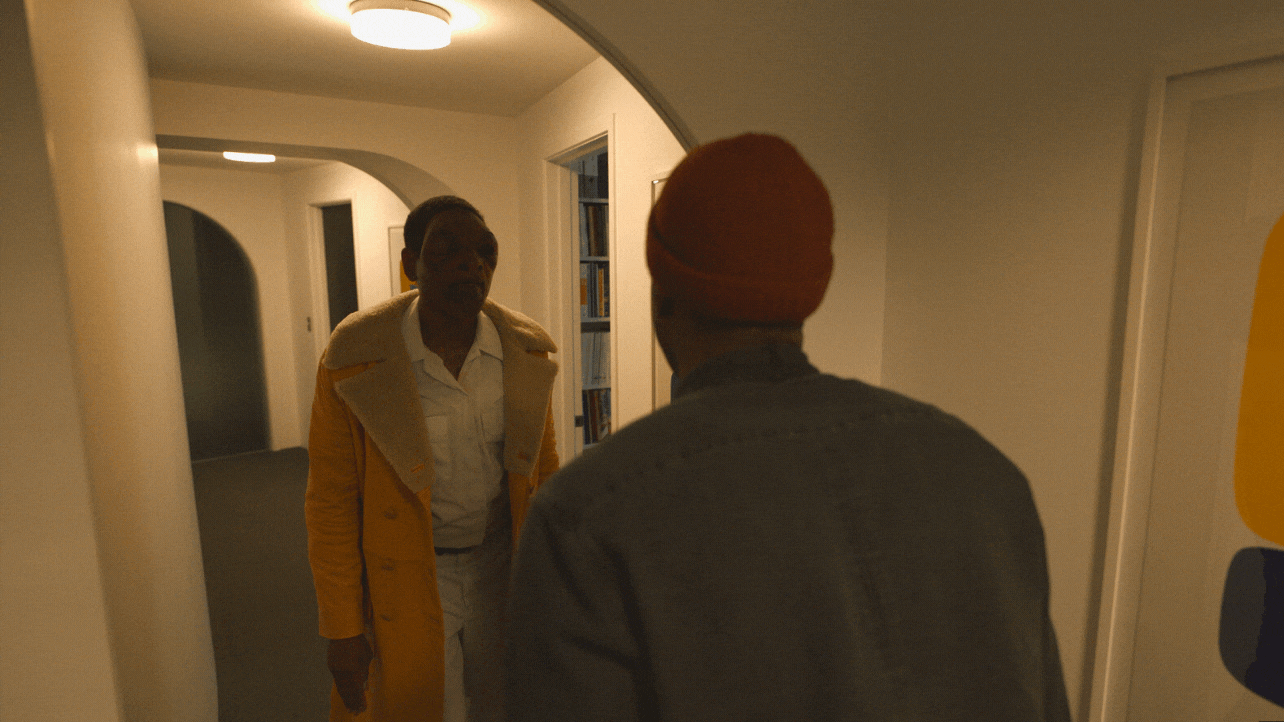
Before/After Luma edits on Candyman. Images courtesy of Monkeypaw and Universal Pictures.
Jordan Peele and Nia DaCosta's sequel Candyman is the first movie with a female, African-American director, to debut no. 1 at the US box office. Now with a VES award nomination under its belt, this 90’s nightmare has proven that Candyman truly never dies.
Ausfilm talks to its VFX members: Luma Pictures, Method Studios, Rising Sun Pictures and Mr. X (MPC), who all worked under the stewardship of highly esteemed, US-based VFX Producer and Supervisor James McQuaide, on this bone-chilling sequel. We look at a breakdown of the work by these leading Aussie VFX studios who were all honoured to be working with Director Nia DaCosta, Writer & Producer Jordan Peele, Producer Ian Cooper, Monkeypaw Productions, MGM and Universal Pictures.
Luma Pictures received a VES nomination for Best Supporting Visual Effects in a Photoreal Feature for their work on Jordan Peele and Nia DaCosta’s timely and poignant Candyman. Melbourne-based VFX Supervisor Andrew Zink received a nomination for his contributions.
Luma worked closely with VFX Supervisor/Producer James McQuaide to create invisible effects that supported the vision of the filmmaker and left an impactful impression on the audience. The studio’s work involved replacing a practical Candyman, by creating and animating a photorealistic CG corpse across various sequences; CG bees, blood fluid simulations, cloth simulations, props, gore elements, and extensive Nuke-based projections for plate reconstruction.
The sensitive and sociopolitical nature of the work was ever-present and something Luma remained mindful of. The team’s dedication to this principle and craftsmanship produced powerful visuals and brought a timely and timeless project to life.

Candyman. Image courtesy of Luma Pictures, Monkeypaw and Universal Pictures.
“Thank you to Nia DaCosta, James McQuaide, and the Monkeypaw team for entrusting us to work on Candyman and congratulations to all the vendors including Method Studios, MR. X and RSP.”
-Andrew Zink, VFX Supervisor
“Method Melbourne has a long-standing relationship with James and he understands the strengths of the various facilities and assigned the work accordingly. From our perspective, it was an efficient and seamless process. We’ve worked on a number of James’ projects going back to 2014”
-Josh Simmonds

After/Before edit by Method. Images courtesy of Monkeypaw and Universal Pictures.
“There is some risk parking an entire project with a single large studio; the workflow and scheduling can be a little opaque. However, breaking the project up into manageable packages and assigning them to studios that specialise in that work, makes good creative and financial sense.” Simmonds adds.
Method Melbourne was tasked by the producer and director to provide two creative solutions for the bee-swarming shots, and bringing the iconic Candyman, Tony Todd, back from the 90s.
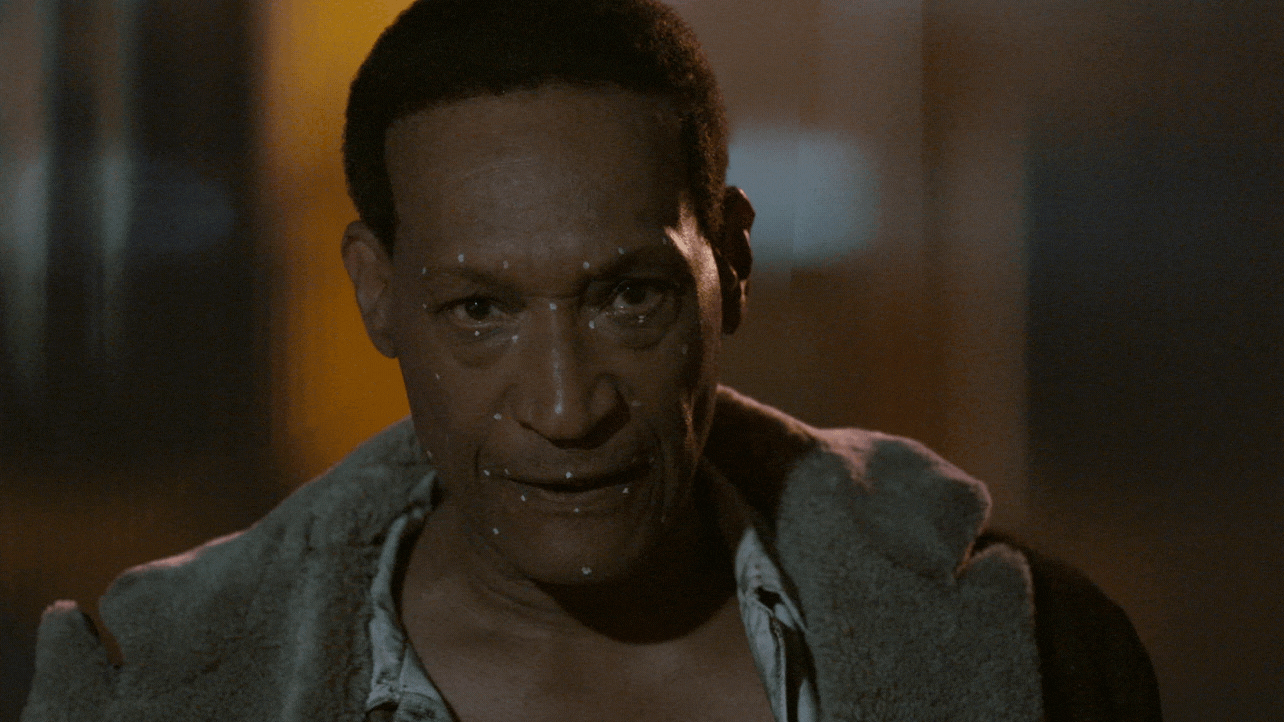
Method Before/Afters for Candyman. Images courtesy of Monkeypaw and Universal Pictures.
“Australian VFX studios have a depth of talent to match anywhere in the world, but what separates us is how ready we are to roll up our sleeves and become a true creative partner rather than just another facility for hire”
-Josh Simmonds
Josh says with so many great projects working in Australia this, in turn, attracts talented crew from all over the world, “several new facilities have opened their doors here in the last few years, making the local industry even more of a force on the international stage.”

After/Before edit by Method. Images courtesy of Monkeypaw and Universal Pictures.
“It was a great privilege to help bring Nia Dacosta’s timely Candyman film to life. Congratulations and gratitude to the talented team at Method Melbourne for their brilliant bee-wrangling, gruesome gore and transporting 1990s Tony Todd to the present day! Thanks also to James McQuaide and all the crew at Monkeypaw for taking us along for the ride”
-Josh Simmonds
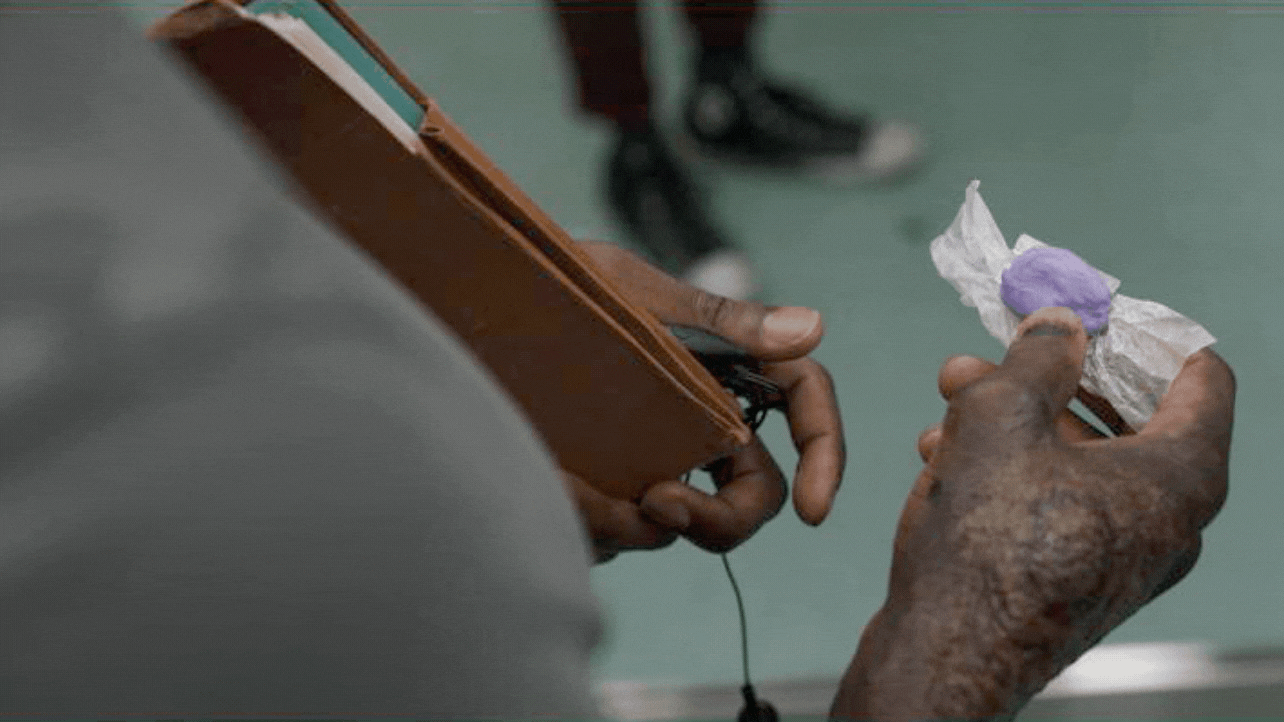
Method Before/Afters for Candyman. Images courtesy of Monkeypaw and Universal Pictures.
“We were so honored to have the opportunity to work on Candyman. A huge congratulations on the success of the film and a big thank you to Nia DaCosta, Monkeypaw Productions, James McQuaide, Universal, and MGM for allowing us to be a part of this special project.”
-MPC/MR. X Team

Method Before/After for Candyman. Images courtesy of Monkeypaw and Universal Pictures.
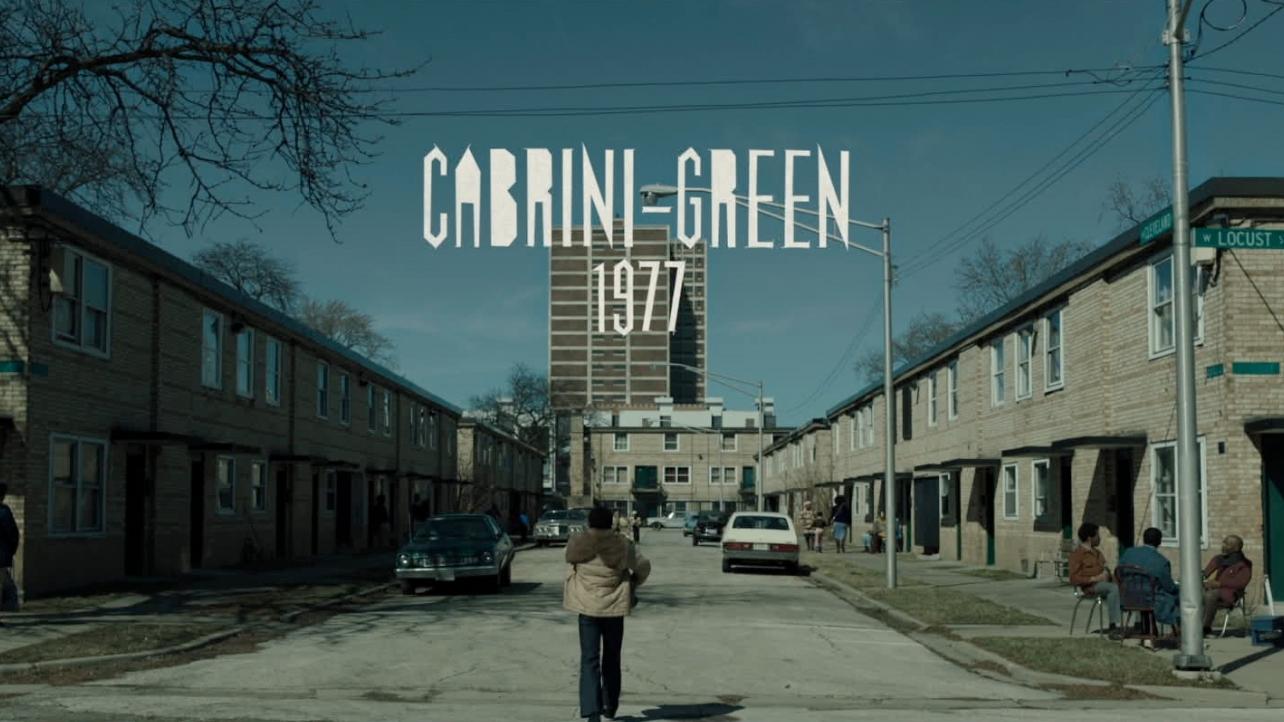
Image courtesy of RSP, Monkeypaw and Universal Pictures.
Artists from the studio also provided the film’s title character with his trademark hook as part of a package of more than 100 intricately detailed visual effects shots that appear throughout the film.
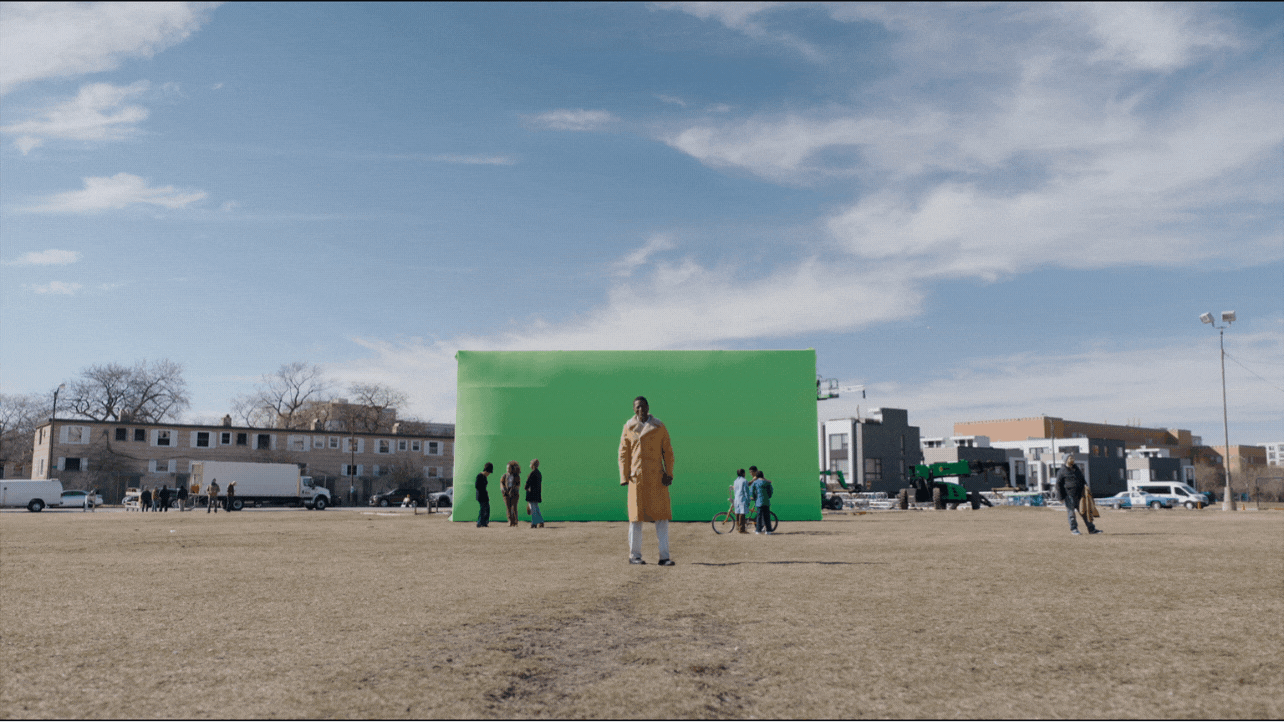
The Cabrini-Green Project. Images courtesy of RSP, Monkeypaw and Universal Pictures.
Built post-World War II, on Chicago’s Near North Side, the Cabrini-Green project became a symbol for crime, urban blight and neglect. The new film takes place at the same site, only now the area is gentrified as many of the original structures have been torn down and replaced by handsome high-rise structures and neat row houses. RSP contributed to emphasizing the gentrification in the current-day Cabrini-Green project scenes.
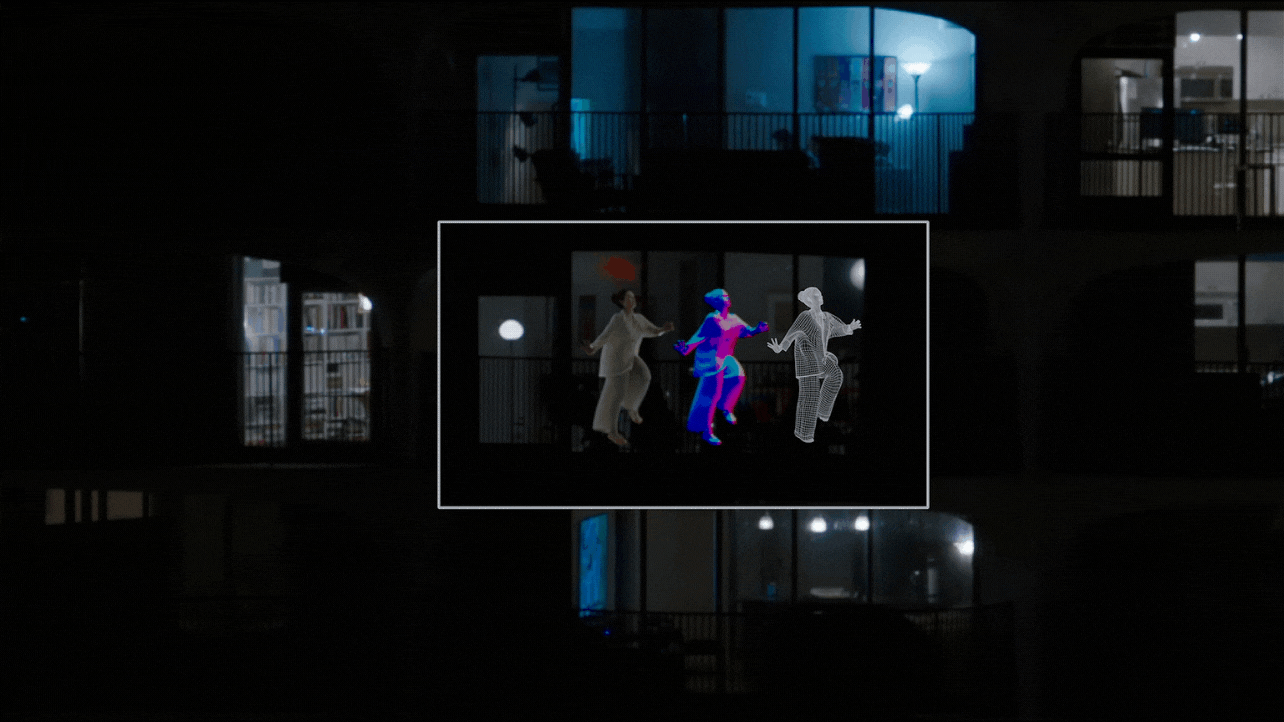
Images courtesy of Monkeypaw and Universal Pictures.
Working under the direction of production VFX Producer and Supervisor James McQuaide, Rising Sun Pictures built 3D replicas of Cabrini-Green’s now-demolished buildings for use in flashback scenes.
“Rising Sun Pictures has a reputation for delivering a high level of detail and realism”
-Tony Clark, General Manager
Clark goes on “VFX supervisor Tim Crosbie, was a perfect fit to deliver the Cabrini housing project for Candyman. The result is seamless visual effects that audiences do not question in terms of authenticity. It is always a hallmark for Tim and his team.”
The artists worked meticulously from historical photographs and scenes from the original film to recreate the clustered towers.
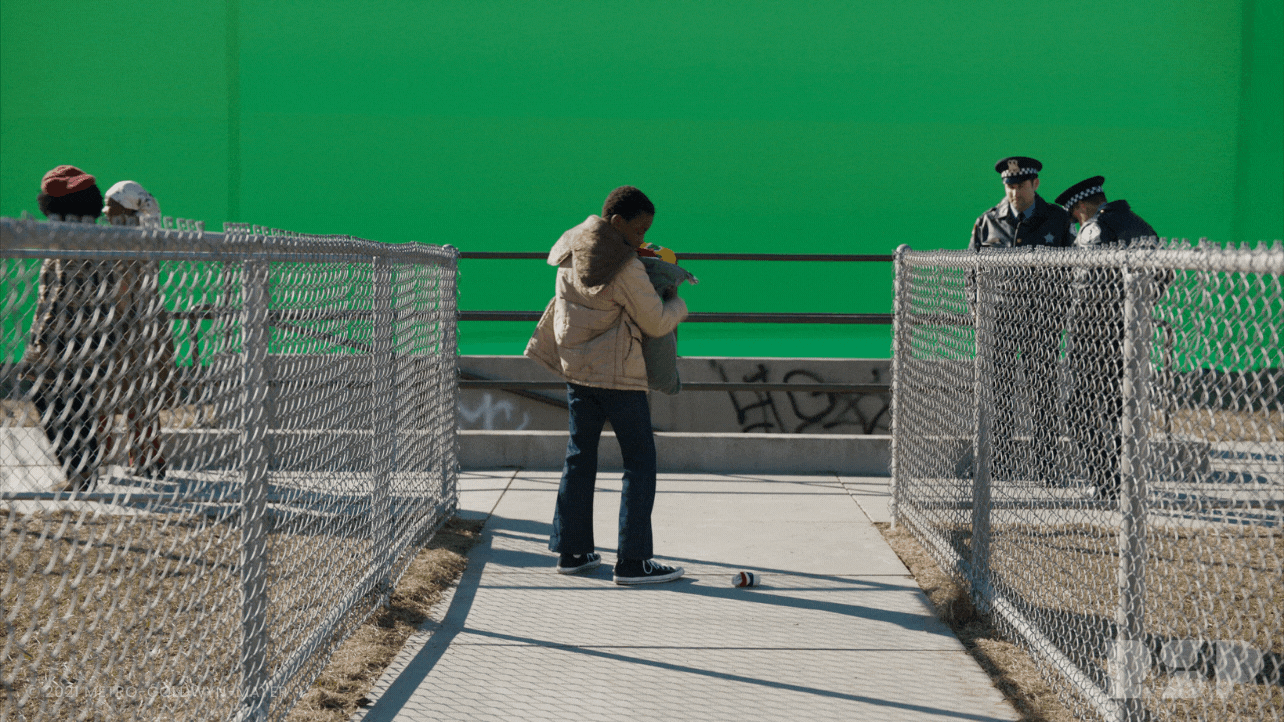
The Cabrini-Green Project. Images courtesy of RSP, Monkeypaw and Universal Pictures.
“They also had to be historically accurate and consistent with the original film. That included everything from the smallest architectural artifacts to the specific graffiti on building walls seen in the original movie.”
-Tim Crosbie, VFX Supervisor
Candyman’s hook was similarly challenging but in a different way. In the original film, actor Tony Todd wore a prosthetic device. In the new film, Michael Hargrove, wore a green covering over his hand that RSP’s team replaced with a digital element.

Candyman. Images courtesy of RSP, Monkeypaw and Universal Pictures.
“We stayed in close contact with James McQuaide and his team, who were always available to us. We’re very proud of the shots we delivered.”
-Corinne Teng – VFX producer